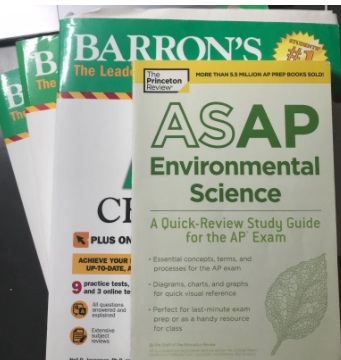Over the past few weeks, many people have suffered from pollen allergies. Although pollen season is tough for many students, there is another season that brings even more suffering: AP season.
Usually the season for advanced placement exams (AP exams) begins in May, but this year Collegeboard, the administrators of the exams, pushed back the dates to June. For those who suffer from pollen allergies this will be a blessing, while students who would rather get the exams over with will curse the decision. No matter what a student enrolled in AP courses believes, one thing is for sure: they are going to have to take the exam.
This stress is usually caused by the pressure to do well in classes and the stigma that surround these exams. Countless students do poorly on said exams because they don’t know exactly what the testmakers are testing for. This can vary from exam to exam, and can be difficult to differentiate at the beginning, but becomes blatantly obvious with practice.
Many multiple choice questions, regardless of if the exam is on a STEM or a humanities subject, will try to make students fall into pit traps. For instance, science exams will put answer choices that are the answers to incorrect ways of solving the problem. An example question for physics about electricity could give the resistance in ohms and current in amperes, and ask the student to determine the voltage. The correct answer choice would be the ones that give answers in voltage, but decoy answer choices could give the same numerical answer value with different units such as joules. If a student can determine why certain answer choices were planted and how to avoid making mistakes, then they can avoid becoming confused.
Almost all humanities AP exams have an essay or written section where the student either has to analyze documents to create and essay or create an essay based on their prior knowledge. I believe that these sections are the most difficult to narrow down the choices because there simply are too many. However, there are certain tips that will help streamline the process. For document based essay questions, students should try to group passages into different arguments that they can support before picking the argument that they know the most about. Moreover, looking at the authors and time periods of the documents can help come up with outside evidence to further support the paper.
The most important tip is to use some of the exam’s questions to answer other questions. There is a chance that test makers put information in one that would filter the answers or give the right answer for another question. Going back to the physics question, the equation to solve a problem could be given to the student in a previous question on a similar topic.
Sometimes, the AP exams can seem daunting, but with the proper tips the gargantuan task quickly becomes manageable. To all taking the exams, good luck.

